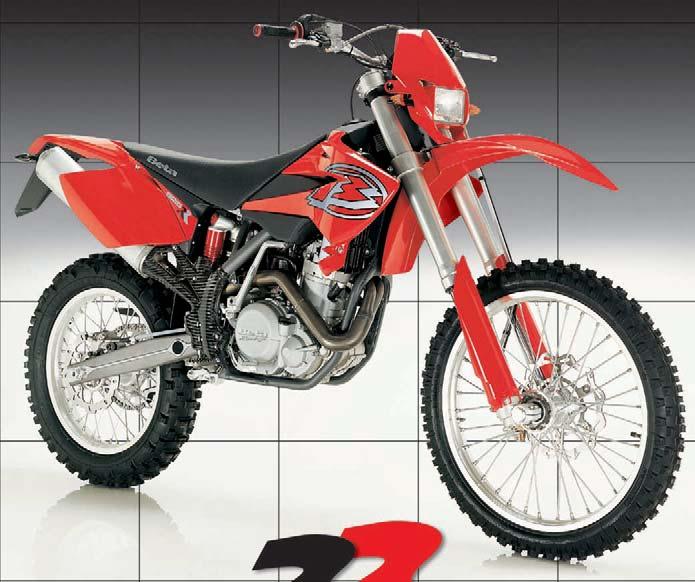
3 minute read
Maintenance
Brake fluid
• The brake fluid is highly corrosive. • Avoid contact with the eyes, the skin and the mucous membranes. • In case of skin contact, immediately take off any contaminated clothes or footwear and wash abundantly with soap and water. • In case of eye contact, rinse abundantly with water and seek medical attention. • In case of ingestion, immediately seek medical attention without causing vomit as this could cause the oil to be breathed into the lungs. • If the product is believed to have been breathed into the lungs, immediately transport the affected person to the nearest hospital. • If anybody is exposed to a high concentration of coolant vapours, transport them to an area where they can breath unpolluted air. If necessary seek medical assistance. • In case of accidental contact, rinse abundantly with water and seek medical attention. • Keep out of the reach of children.
Threadlocking fluid
• Although threadlocking fluid is not classified as dangerous, prolonged contact with the skin, especially if bruised, can lead to sensitization or dermatitis. In case of skin contact, rinse with running water. • In case of sickness due to inhalation of the product, take the affected person into the open air and seek medical assistance. • In case of eye contact, rinse abundantly with water for at least 15 minutes. • In case of ingestion, drink large quantities of water or milk. Seek medical attention without causing vomit as this could cause the oil to be breathed into the lungs. • Keep out of the reach of children.
Shock absorber nitrogen
• The rear shock absorber contains pressurized nitrogen. • Before disposing of used shock absorbers, release the nitrogen through the inflating valve. • Only use nitrogen to pressurize the shock absorber. Unstable gases can explode and cause burns. • To prevent the risk of explosions and burns, avoid keeping the shock absorber close to flames or heat sources. • Keep out of the reach of children.
Battery
• The battery produces explosive gases. Keep it away from sparks, flames and cigarettes. Only recharge it in well ventilated places. • The battery contains a solution of sulphuric acid (electrolyte). • Sulphuric acid is corrosive to many materials and clothes. When it comes into contact with small quantities of water it produces a violent reaction which releases intense heat and spurts of hot acid. Sulphuric acid attacks many metals and in the process releases hydrogen, a flammable gas that combines with air to produce an explosive mixture. • Contact with sulphuric acid can cause burns. In case of contact immediately take off any contaminated garments and rinse the skin with large quantities of water. If necessary, take the affected person to the nearest hospital. • In case of eye contact immediately rinse abundantly with water, seek medical assistance and continue the treatment until the doctor arrives. • Should the electrolyte be ingested, rinse the mouth with water without swallowing, immediately transport the affected person to the nearest hospital and show the product to health personnel. • The battery contains dangerous substances that are harmful to the environment. Batteries can only be replaced by operators equipped for their disposal in compliance with the regulations in force. • Avoid disposing of spent batteries in the environment. • Keep out of the reach of children.
Hot parts
• The engine and the exhaust system become and remain very hot for some time, even after the engine has been stopped. Allow them to cool down and put on insulating gloves before handling these parts or working near them.



